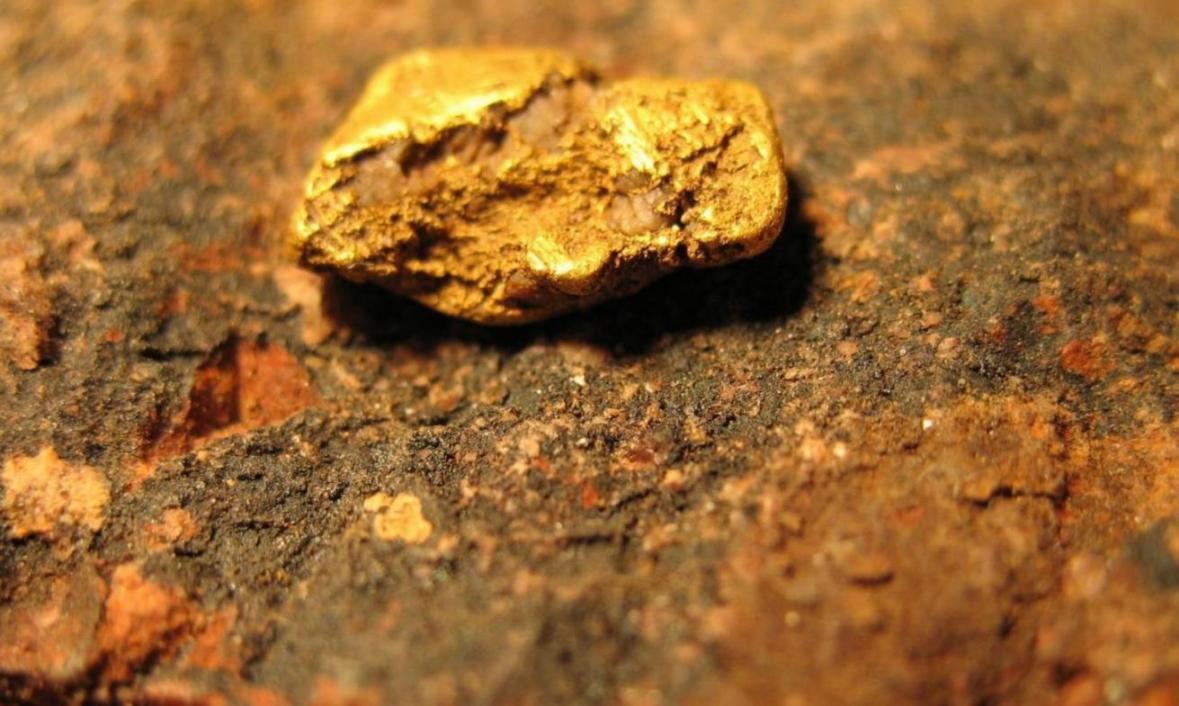Even as sanctions prevented regular flows of foreign investment, the government has been steadfast about expanding the country’s gold sector. For the first time in the history of Iranian gold sector, the government has put forward a plan under which production would increase threefold by 2017.
The plan is to increase annual gold production from 3 to between 7 and 9 ton in two years. This would bring Iran’s annual production to the level of Laos and Bulgaria.
Following years of rapidly expanding capacity, the investment program aims to secure Iran’s place in the regional race for gold production.
Geological surveys have put Iran’s proven reserves at 340 tons, with estimates for possible reserves of up to 1,000 tons. A gold belt runs all the way from the northwest of the country to the city of Sirjan in southeastern Kerman Province. The provinces of West Azarbaijan and Kurdestan contain most proven reserves.
There are a total of 24 gold mines in Iran, 15 of which are active. Experts believe the large amount of inactive mines can be blamed on two factors. One is the large drop in global gold prices. Many mines can only run at a profit with prices above $1,100 per ounce.
On the other hand, sanctions imposed by the US, EU and the UN Security Council on Iran over its nuclear energy program have prevented many of these mines from updating their technologies and finding access to essential credit lines.
Several years of sanctions restricted international gold sales to the Islamic Republic, highlighting the strategic importance of gold for the developing economy with one of the highest gold consumption rates in the world. Sanctions not only forced Tehran to engage in oil-for-gold deals with Turkey, but also fed a sprawling informal trade in gold.
Gold production has made headway over the past decade. At only 300 kg in 2005, Iran’s annual gold output rose to 3 tons in 2014. According to the 2015 World Mining Data Report, global gold production increased by 15.7% between 2009 and 2013. In the same timespan, Iran has managed to pump up production by as much as 50 percent.
Unlike previous investment programs in the mining sector, in which the government fiercely defended the exclusive role of the state, the program to expand gold production will partly be driven by private sector involvement, both domestic and foreign.
“Although private sector involvement in the gold mining sector in Iran was forbidden up until a few years ago, these limitations have now been lifted. The government is even ready to put plentiful reserves under private sector control,” Eghtesad News quoted deputy head of the Geological Survey of Iran, Behrouz Borna, as saying.
“So far, companies from China, Kazakhstan, France and Britain have entered into negotiations to invest in Iran’s gold mines,” he added.
The Story of Two Mines
Under the government plan, Zarshouran Gold Mine would increase production to up to 6 tons a year. Located in West Azarbaijan Province, Zarshouran is by far the country’s largest gold mine. The mine, which opened in 2014, attracted 840 billion rials (about $25.5 million) in internal and €2.15 million in foreign investment and has created 300 jobs, according to Hossein Ali Qavanlu, an officials in charge of Zarshouran.
However, the government plan also hinges on the success of other mines, notably Sari Gunay, the largest gold mine in Kurdistan Province with 18 tons of proven reserves. The mine is expected to contribute 2 tons to the 7-9-ton target, according to the Ministry of Industries, Mining and Trade.
However, the financial state of Sari Gunay is not as sound as Zarshouran, with Mohammad Darevazmi, head of Kurdestan’s Industries, Mining and Trade Organization, saying that the mine has not yet turned to profitability. He says delayed construction works and investment issues have affected revenues, but promised that these obstacles would be solved by autumn.
Issues surrounding the profitability of Sari Gunay have hampered the project since its commencement. In 2006, British-Australian multinational metals and mining corporation, Rio Tinto, pulled out of the project, stating that it was not commercially viable. Earlier, the mining giant had estimated annual production of up to 4 tons.
According to a contractor involved in the development of Sari Gunay, the project was jointly funded by Kazakhstan (70%) and Iran (30%), with a total investment of $60 million. “About $15 million more are needed to finish the job,” this contractor told Eghtesad News.
“The sanctions have caused work to be postponed, but we expect to finish the job in two months if we are serious about it and as soon as these obstacles are removed,” said Marat Dal Danof, a Kazakh contractor.
Obstacles aside, Borna believes the global dynamic of gold production is in Iran’s favor.
“With gold production falling in Africa, Latin America and Central Asia, Iran has become more attractive,” he said.


